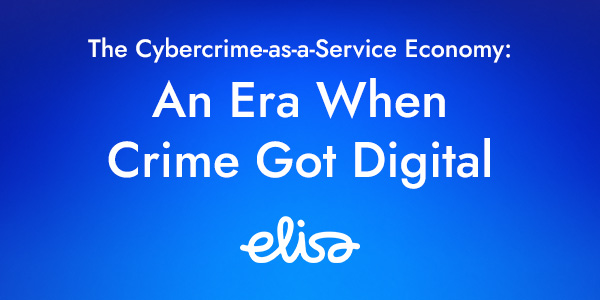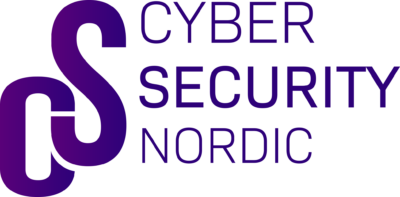The cybercrime-as-a-service economy: an era when crime got digital

When many people think about cybercrime, they think about some solitary hacker infiltrating the systems. But the actual cybercrime of today is something that very much resembles a professional company. No longer does someone do alone whatever the task is; there is instead an underworld services industry called Cybercrime-as-a-Service. There, the crooks sell and purchase whatever they need: cracked passwords, malware applications, or leased servers to conduct attacks.
This model has transformed cybercrime into an industry that is easier to join, faster to operate, and more difficult to defend against. For company leaders, this means cyber threats are no longer just about technical tricks; they are about an entire marketplace working against you.
How the Underground Economy Works?
Think of it like building a house. Instead of doing it all yourself, you hire a plumber, an electrician, and a carpenter. In the same way, digital criminals now specialize.
- One group steals access to company networks and sells it on hidden forums.
- Another group creates ransomware—software that locks files and demands payment—and rents it out.
- Others provide hosting services where attacker infrastructure is hosted.
- Finally, money laundering services turn cryptocurrency or stolen funds into clean cash.
A company hit by ransomware might actually be the victim of four or five different criminal groups working together, without even knowing each other’s real names.
What This Means for Businesses
Cybercrime “service model” lowers the barrier to entry for criminals. An attacker doesn’t need to know how to write code or break into networks, they just need to buy the right services. That means more attacks, faster and with sophisticated tools that are created by criminal organizations with huge revenue.
For enterprises in the Nordics and elsewhere, this poses new challenges. A factory in Finland or a healthcare provider in Sweden might not be targeted by a single mastermind but by a chain of criminals: one sells the access, another buys it, another deploys ransomware, and another launders the money.
Why Traditional Defenses Need Updating
Traditional cybersecurity thinking often assumes one attacker moving step by step through a system -This is called as Cyber kill chain-, but in new reality, different actors may handle different steps, and months can pass between them. That makes the old linear “kill chain” model less effective.
Businesses must instead view cybercrime as a supply chain. Just as companies monitor supply chain risks in the physical world, they need to understand how criminals combine services in the digital world.
Afterall
The better news is that current cybersecurity measures are catching up. Cyber threat intelligence services now scan dark web sites that host discussion boards to identify stolen access or phishing kits being marketed. Warnings early enable businesses to plan before attacks come to fruition. Identifying stolen VPN logon credentials being sold, for instance, may enable a company to change up accounts and freeze attackers before they receive the ransomware.
Cybercrime-as-a-Service has business-ified digital crime, making it professional and scalable. As business leaders, the lesson is, you're no longer up against hackers, you're up against a criminally motivated service industry. By making the change to intelligence-led security, planning instead of reacting, you build resilience while lowering the likelihood that your company will be the next victim.

Cyber Threat Intelligence Lead, Elisa




